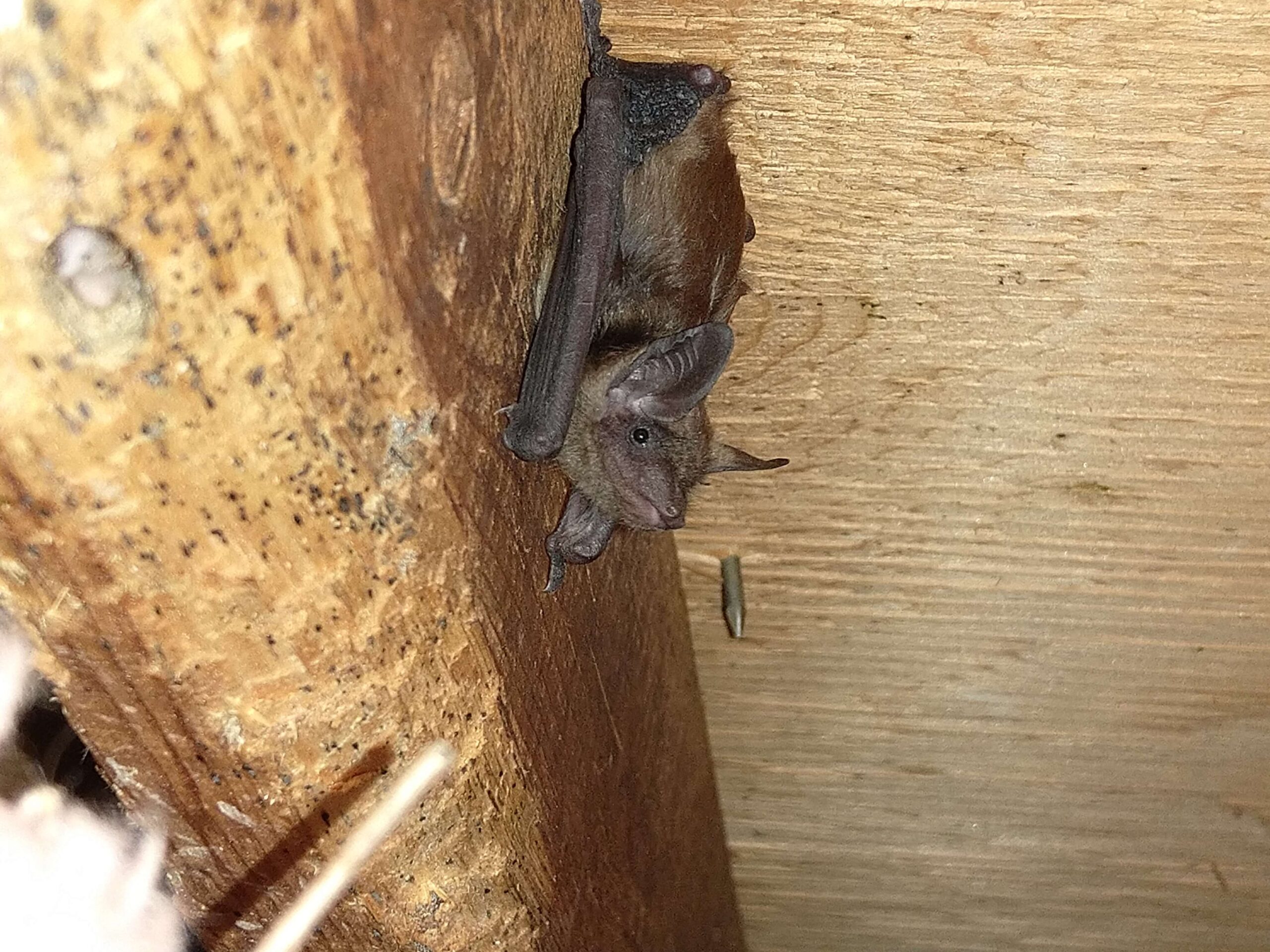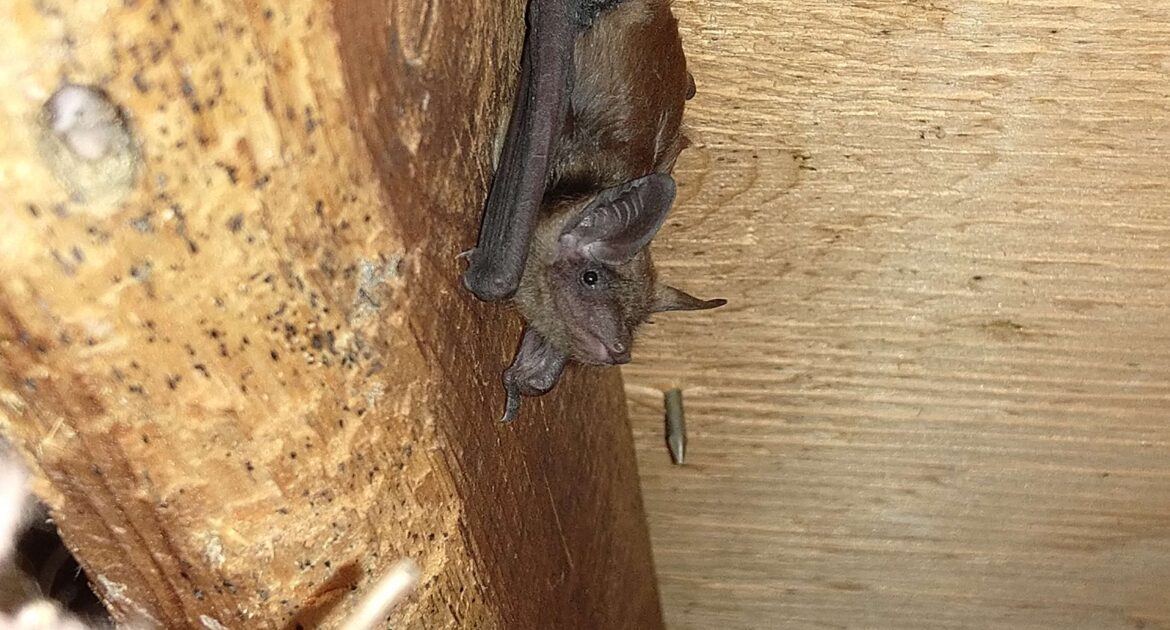In many ways, bats are mysterious, meaning that people have many questions about them, such as “How do bats fly?” People who ask about what bats are up to in the spring may be asking out of practical concerns rather than idle curiosity. For example, maybe you have seen bats on your property and are wondering what you should do about them. Understanding what bats are up to in the spring can help you.
Ending Hibernation
While some species of bats migrate to warmer climates in the winter, most American species go into hibernation. They eat as much as they can during the summer and fall, and as the weather turns colder, they seek out a dark, warm place to roost through the winter.
When bats hibernate, all their body functions slow down significantly. Their body temperatures are near freezing and their hearts slow down to 10 beats per minute where the normal rate is 200. During hibernation, bats’ bodies use 98% less energy than normal, and they live off the stores of fat that they built up during summer and fall. Some bats hibernate all winter, while others enter a state called torpor that allows them to wake up temporarily to move around on winter days that are warmer. Whether they are in hibernation or torpor, bats don’t come out of it completely until temperatures remain consistently above freezing.
Finding Food
Even with the significant drop in the bat’s energy usage during hibernation, they may have lost up to 50% of their body weight by the time they wake up. Having been dormant for approximately six months, they are sometimes a little sluggish when they first wake up and may not leave their roost immediately. Eventually, however, hunger will compel them outside to hunt for insects by night. Not only do they have to make up for the weight they lost during hibernation, but they also have to start building up fat stores for next winter.
Some bats repurpose the place where they spent the winter as a roost in which to raise their young.
Giving Birth
Unlike many animals, spring isn’t technically mating season for bats. The mating takes place in the fall, but female bats do not get pregnant right away. Their bodies are constructed to delay fertilization so that, while the mating season is in the fall, the actual conception doesn’t occur until many months later in the spring.
Once a female bat becomes pregnant in the spring, the gestation period is approximately two months, which means the babies are born around midsummer. Female bats typically only have one baby at a time, but a group of females may form nursery colonies to raise their babies together in the interest of keeping them safe.
Enjoying Legal Protection
Bats may not be aware of it, but they are protected by laws that govern how and when bat removal in Milwaukee can take place. Bats are an important species, and their numbers have dwindled alarmingly in recent years due to habitat loss, pesticide use, and disease. Not only is it illegal to kill bats, but it is also against the law to disturb them while they are hibernating or raising babies.
Having bats in the home poses a disease risk, but because of the laws in place for their protection, there are only two brief windows of opportunity in which removal is possible: In the spring after they wake up from hibernation but before they give birth; and in the fall, after the babies fly off on their own but before the bats start hibernating again.
Therefore, it is important to call Skedaddle immediately upon finding bats. If we can’t remove them immediately, we will work out a plan for their removal and clean up the property once they are gone.




